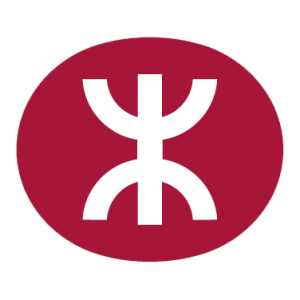
The Beijing-Guangzhou railway line is the world’s longest high-speed railway line, as of December 2012. It stretches 2,298km (1,425 miles) in length and can accommodate trains traveling with average speeds of 300km per hour. The line reduces travel times to eight hours, as compared to the 22 hours it takes on traditional railway lines.
The line was a part of nationwide project that would bring 18,000km of high-speed rail to China by 2015. The line is part of China Railway High-speed (CRH), China’s high-speed railway network. Since the Express
Rail Link runs through a tunnel, its impact on the environment and local communities is envisaged to be minimal. Furthermore, high-speed rail provides environmentally friendly train services compared with other cross-boundary transport modes. In the United Kingdom, on a per passenger-kilometre basis, the carbon emission per passenger on a Eurostar journey is only about 15% and 25% of that by plane and bus/coach respectively. It also consumes less energy and emits fewer pollutants by a similar order of magnitude.
Moreover, compared with aircraft and road vehicles that emit pollutants directly into the atmosphere in an uncontrolled manner, the emissions from the Express Rail Link will be mainly coming from the power plants, whose impact on the environment is easier to mitigate. If all Express Rail Link passengers (around 99,000 daily in 2016) were to use the cross-boundary coach instead, it is estimated that around 13 tonnes of additional carbon dioxide would be emitted daily, i.e. around 4,700 tonnes per annum, compared with the Express Rail Link.

China Railways is expected to operate 155 pairs of trains on the Beijing-Guangzhou line with a frequency of one train for every half an hour.
The Beijing-Guangzhou line passes through the provinces of Hebei, Henan, Hubei, Hunan and Guangdong and provides a high speed transport link for cities including Beijing, Shijiazhuang, Zhengzhou, Wuhan, Changsha, Guangzhou, Shenzhen and Hong Kong.
The high-speed rail line has 35 stops, 28 of which are major cities of China. It passes through major railway stations such as Beijing West station, Shijiazhuang station, Zhengzhou East station, Wuhan railway station, Changsha South railway station, Guangzhou South station, Shenzhen North station and West Kowloon.
The line also interconnects with other high-speed lines like Shijiazhuang – Taiyuan high speed line, Zhengzhou – Xi’an high speed line, Shanghai-Wuhan-Chengdu high-speed line and Guangzhou-Zhuhai high-speed line. It also has interconnections with Line 9 of the Beijing Subway, Line 2 of the Guangzhou Metro and few lines of Shenzhen Metro and Hong Kong MTR.